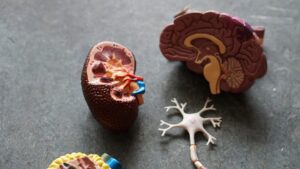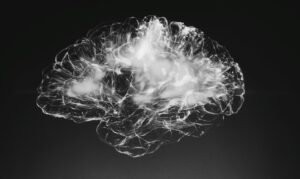How to Recover From a Brain Injury

Taking advantage of the newest and most innovative treatment options is important, and that is why it is crucial to file a personal injury claim if someone else is to blame for your brain injury. Without the necessary funds, it may be impossible to receive the treatment you need to heal and return to normal. With a personal injury settlement, you can pay off expensive medical bills. In addition, you can receive compensation for past and future missed wages.
There are a number of other damages you can claim in a personal injury case to cover all kinds of different financial pressures. You can claim damages for emotional or mental distress, which is extremely common with head injuries. If you are serious about pursuing a personal injury claim, it makes sense to team up with an experienced, qualified personal injury attorney such as Mary Alexander & Associates.
Is Neurogenesis Real?
Neurogenesis is a medical term that describes the growth of new brain cells. Previously, it was assumed that brain cells could not “regrow” after being damaged and that humans lost their brain cells at a steady rate as part of the natural aging process. New research has discovered that humans may be capable of neurogenesis. Under the right conditions, brain cells could be encouraged to regrow and form new connections. This could be of huge importance for those who have suffered serious brain injuries.
On the other hand, neurogenesis is still a controversial topic. Many scientists believe that humans cannot create new neurons and that our ability to generate brain cells stops when we reach adulthood. More research is clearly required in order to discover conclusively whether or not humans can indeed create new brain cells. If we can prove without a doubt that this is possible, it may give rise to new treatment techniques for brain injury victims.
Neurologic Music Therapy
Neurologic Music Therapy is one of the newest solutions for brain injuries and various other health issues related to the brain. Although it might sound a bit like a “new age” experiment, NMT is actually a standardized, evidence-based technique. Highly qualified neurologic music therapists attempt to improve functional abilities that have been impaired due to brain injuries. They might help with speech, movement, or general cognition. The technique works by utilizing music to create new neuropathways in the brain. Music has been shown to simultaneously multiple processing centers within the brain, which can help people with brain injuries.
Other New Methods

Researchers are also looking into the various methods to help boost the brain’s natural neuroplasticity. Neuroplasticity is the ability of your brain to adapt and repair itself. With certain treatments, we may be able to increase neuroplasticity and accelerate the healing process after brain injuries take place. Another study looked at the effectiveness of an antioxidant called glutathione, which may be especially helpful when treating victims who have suffered concussions. Applying this antioxidant directly on the skull surface may reduce brain death. Innovations are also being explored in the realms of testing, and in 2018 the first blood test emerged which was able to accurately assess whether someone had suffered a concussion.
What is Being Done in San Jose?
San Jose is home to the Santa Clara Valley Medical Center, which runs its own specialized brain injury program for inpatients and outpatients. This medical institution participates in the Traumatic Brain Injury National Database, helping to advance several new fields of research and innovations in the world of brain injury. Among other things, the Santa Clara Valley Medical Center has explored how to measure the quality of life in traumatic brain injury victims. They have also explored various options to address fatigue and other secondary conditions among individuals with traumatic brain injuries.
Aside from this institute, there are many other highly competent medical professionals who can assist you as you recover from your brain injury in San Jose. In many ways, California is one of the best states to be if you want to benefit from cutting-edge, innovative new methods for dealing with brain injury.
 Enlist the Help of a Qualified Personal Injury Attorney Today
Enlist the Help of a Qualified Personal Injury Attorney Today
Although there are plenty of promising new treatment methods for those who have suffered brain injuries in San Jose, you will need the necessary funds to pursue these options. If you have missed work due to injuries, it can be difficult to afford these treatment options. The good news is that you can file a personal injury claim if someone else was to blame for your head injury. Whether your accident was caused by a reckless driver or a negligent property owner, you have the freedom to hold them accountable in a court of law. Reach out to Mary Alexander & Associates, and we will help you do just that.

 Enlist the Help of a Qualified Personal Injury Attorney Today
Enlist the Help of a Qualified Personal Injury Attorney Today